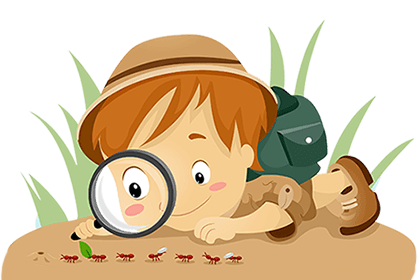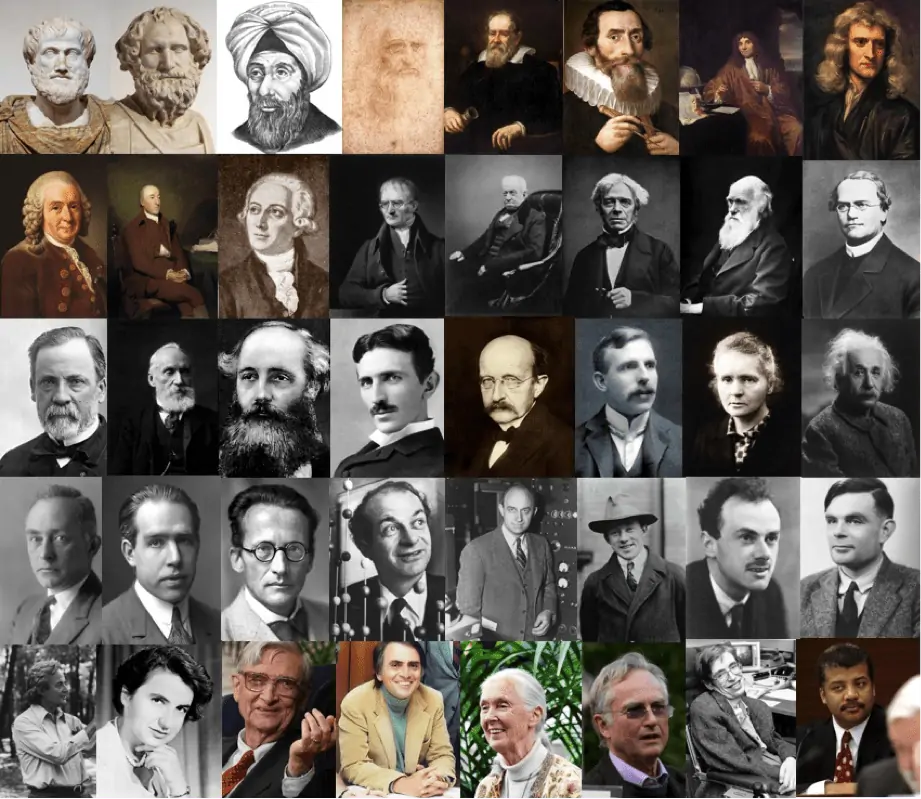Stamp: Stepan P. Krasheninnikov (1711-1755), Russian Geographer (Soviet Union, USSR 1955)
Stepan P. Krasheninnikov (1711-1755), Russian Geographer (Soviet Union, USSR 1955)
01 January (Soviet Union, USSR ) within release Famous Russian scientists goes into circulation Stamp Stepan P. Krasheninnikov (1711-1755), Russian Geographer face value 40 Russian kopek
| Stamp Stepan P. Krasheninnikov (1711-1755), Russian Geographer in catalogues | |
|---|---|
| Soloviev: | Sol: SU 1627-I |
Stamp is vertical format.
Issued in sheets of 100 (10 x 10) stamps. Second issue. Halftone, square raster. Image size - 21.5 x 32 mm. Text: Famous Russian explorer of Kamchatka. Stamp reissued in 1955/56 have slightly smaller image dimensions than 1951 issue.Also in the issue Famous Russian scientists:
- Stamp - Aleksandr G. Stoletov (1839-1896), Russian Physicist face value 40;
- Stamp - Alexander M. Butlerov (1828-1886), Russian Chemist face value 40;
- Stamp - Alexander O. Kovalevsky (1840-1901), Russian Biologist face value 40;
- Stamp - Alexey N. Severtsov (1866-1936), Russian Biologist face value 40;
- Stamp - Kliment A. Timiryazev (1843-1920), Russian Biologist face value 40;
- Stamp - Nicholai N. Miklukho-Maklai (1846–1888), Russian Explorer face value 40;
- Stamp - Nikolai I. Lobachevsky (1792-1856), Russian Mathematician face value 40;
- Stamp - Nikolai S. Kurnakov (1860-1941), Russian Chemist face value 40;
- Stamp - Sofia V. Kovalevskaya (1850-1891), Russian Mathematician face value 40;
- Stamp - Stepan P. Krasheninnikov (1711-1755), Russian Geographer face value 40;
Stamp Stepan P. Krasheninnikov (1711-1755), Russian Geographer it reflects the thematic directions:
Exploration is the process of exploring, an activity which has some expectation of discovery. Organised exploration is largely a human activity, but exploratory activity is common to most organisms capable of directed locomotion and the ability to learn, and has been described in, amongst others, social insects foraging behaviour, where feedback from returning individuals affects the activity of other members of the group
Famous People refers to the fame and public attention accorded by the mass media to individuals or groups or, occasionally, animals, but is usually applied to the persons or groups of people (celebrity couples, families, etc.) themselves who receive such a status of fame and attention. Celebrity status is often associated with wealth (commonly referred to as fame and fortune), while fame often provides opportunities to make money.
A geographer is a physical scientist, social scientist or humanist whose area of study is geography, the study of Earth's natural environment and human society, including how society and nature interacts. The Greek prefix "geo" means "earth" and the Greek suffix, "graphy", meaning "description", so a geographer is someone who studies the earth. The word "geography" is a Middle French word that is believed to have been first used in 1540
Natural history is a domain of inquiry involving organisms, including animals, fungi, and plants, in their natural environment, leaning more towards observational than experimental methods of study. A person who studies natural history is called a naturalist or natural historian.
A scientist is a person who researches to advance knowledge in an area of the natural sciences




